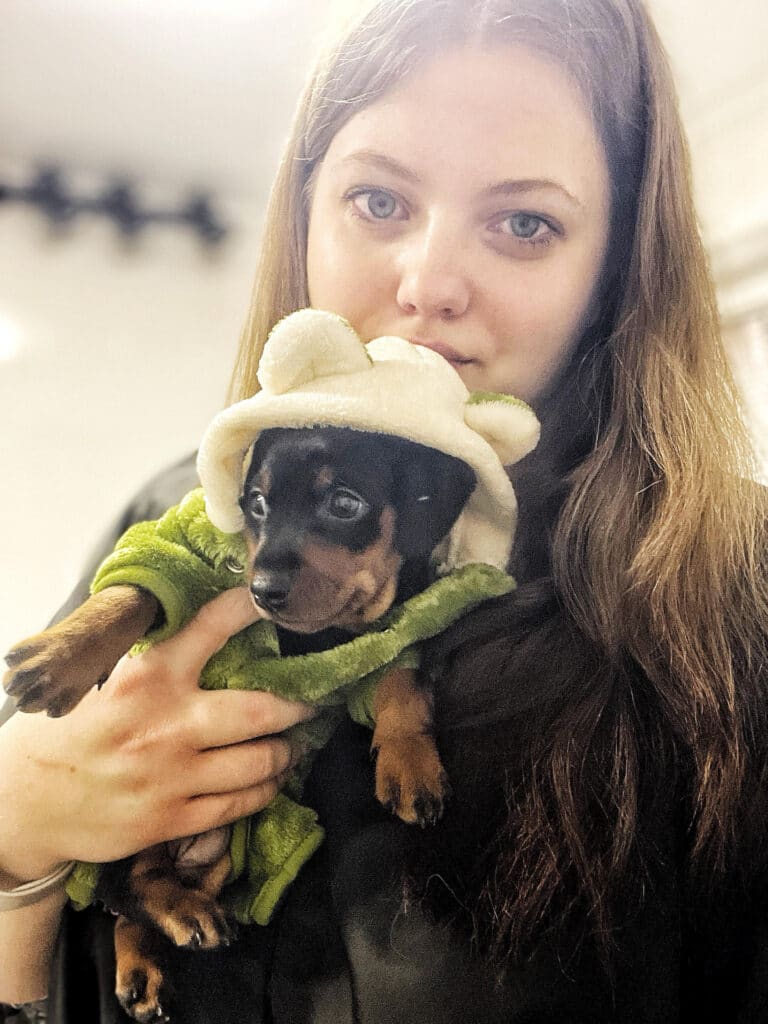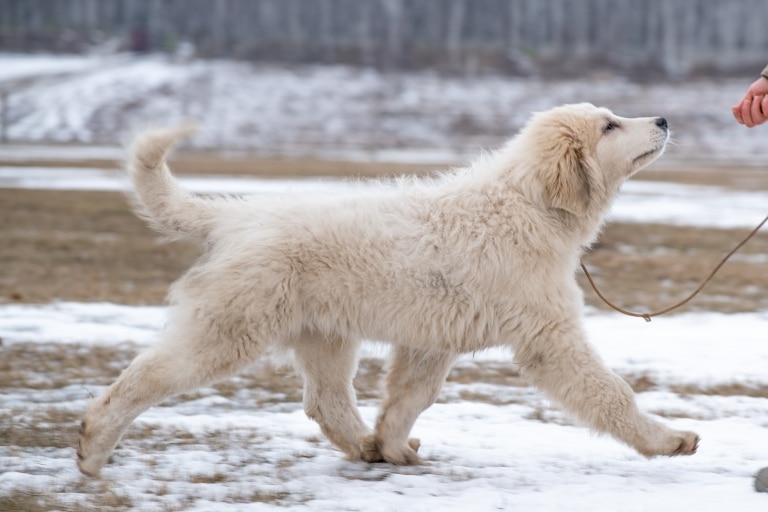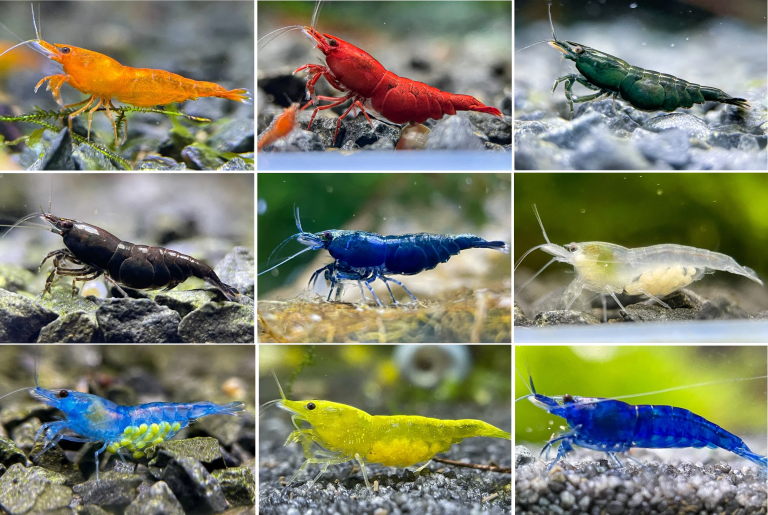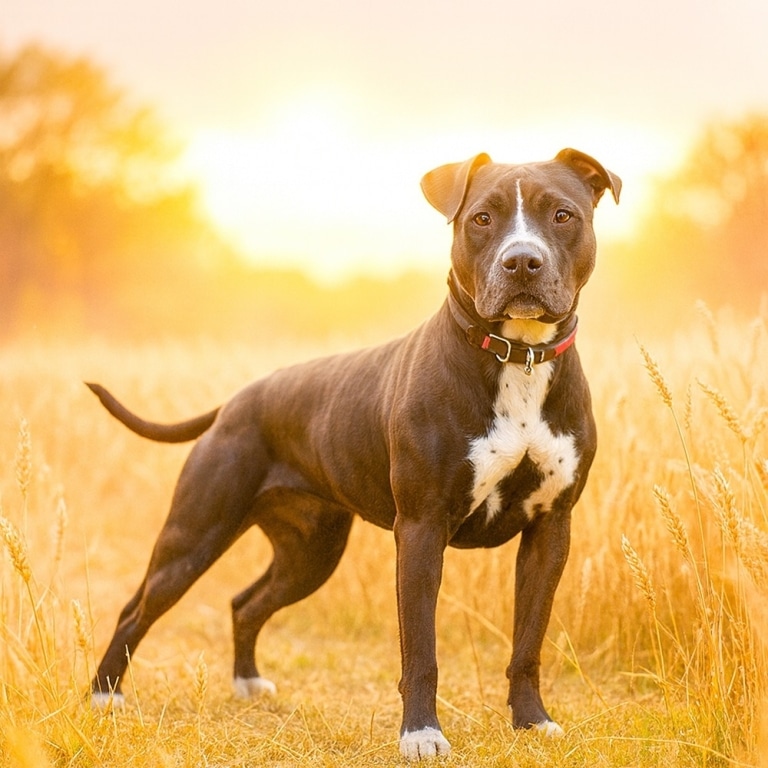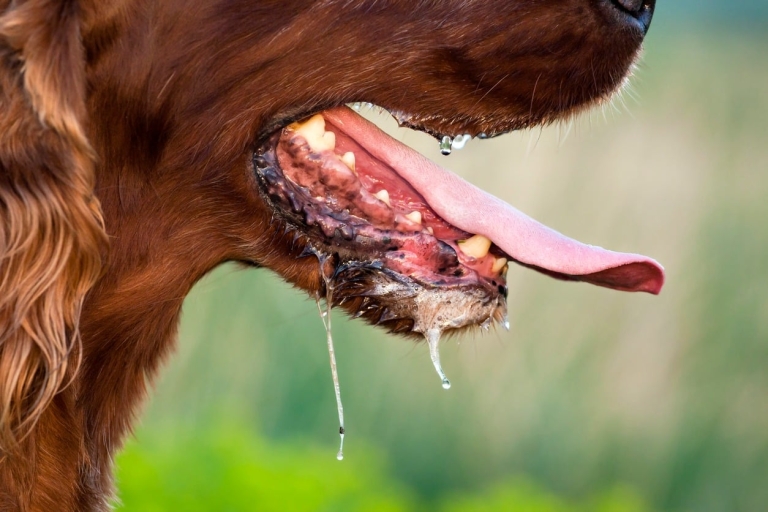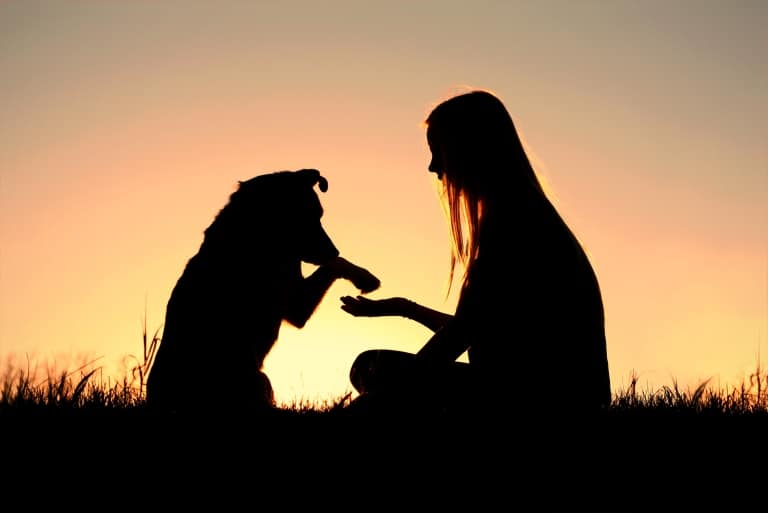The “pinscher” group includes dogs that have similar features and appearance, but are different enough for the international community to separate them into separate breeds. In this article, we will learn which dogs belong to this group, what are their characteristics and care needs. This will help you better understand how harmoniously a potential Lover will feel in your family. Quickly figure it out!
The history of the origin of pinschers
The roots of the whole group come from medieval Germany. The name “pinscher” comes from the German word “pinscher”, which means “sharp-toothed”. Pinschers are believed to be descendants of ancient herding and hunting dogs that were crossed with terriers to improve their hunting and guarding qualities. As a result, Pinschers can intimidate larger opponents with their bravery and excellent hearing.
Types of pinschers
There are several main types of pinchers, each of which has its own characteristics.
Doberman
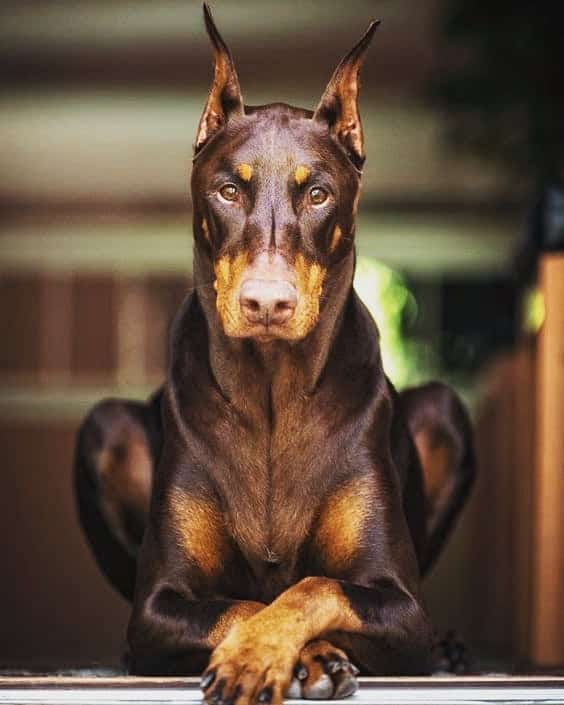
The Doberman is one of the largest and most famous Pinscher breeds, usually weighing between 30 and 40 kg. Dogs have an athletic, muscular body structure with a taut stomach. You can meet Dobermans both with hanging ears and with traditional vertical ears, which are docked at a young age.
The breed was bred at the end of the 19th century by Karl Friedrich Louis Dobermann, who was a tax collector and needed a reliable bodyguard for protection during his work. He crossed several breeds, including a German Pinscher, a Rottweiler, and a Weimaraner, and the result was a strong, intelligent, and loyal dog that quickly gained popularity as a service and police assistant.
Miniature Pinscher
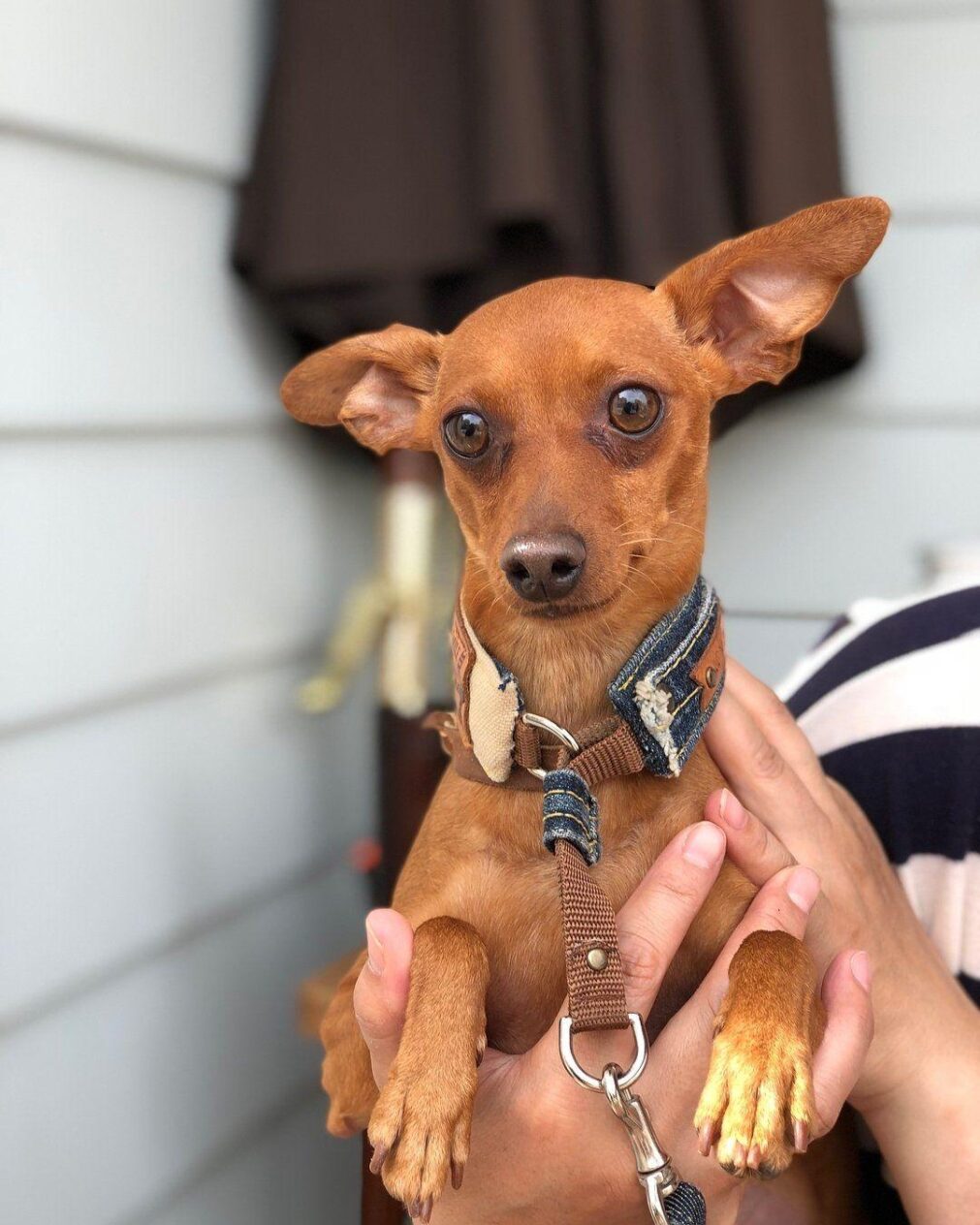
The Miniature Pinscher, or Miniature Pinscher, is a smaller version of the Doberman that weighs between 4 and 6 kg. Many owners react negatively to such a comparison, because the Miniature Pinscher appeared much earlier than the Doberman, although it was recognized later. It is believed that the Miniature Pinscher was bred to make a small but energetic dog for hunting rats in homes and on farms. But now they are more suitable for the role of a pet. They look graceful, strong. Ears are quite often left hanging.
German Pinscher
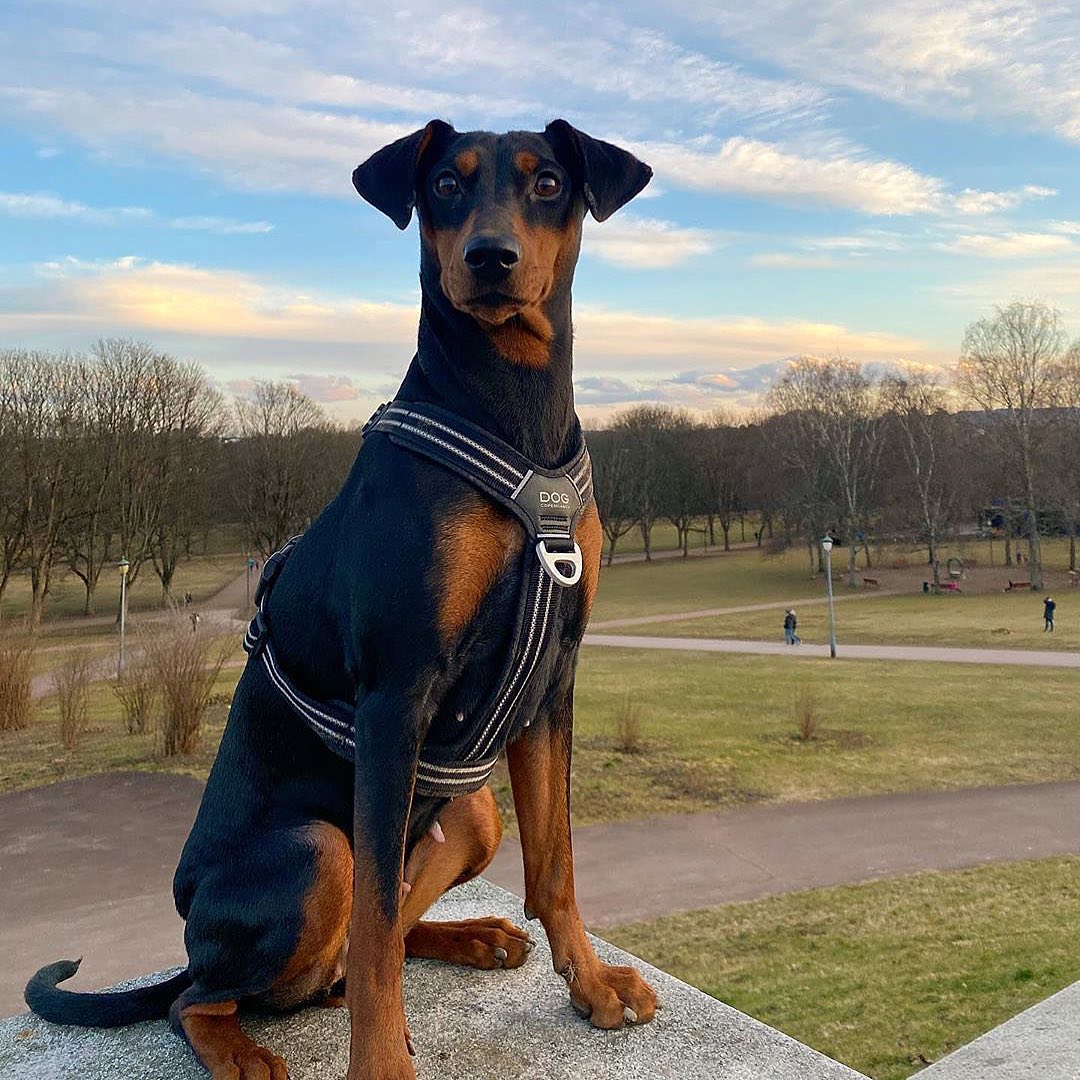
The German Pinscher is a medium-sized dog whose history began long before the appearance of the Doberman. It was the German Pinscher that was actively used in breeding Dobermans, so it can be said that he became the progenitor of the entire “pinscher” group. These dogs are excellent watchdogs, known for their loyalty and protective instincts. They weigh from 14 to 20 kg and have a strong and muscular build with harmonious proportions, like all members of the group. Ear cropping is an optional procedure, which is why most dogs have droopy ears.
Austrian Shorthair Pinscher
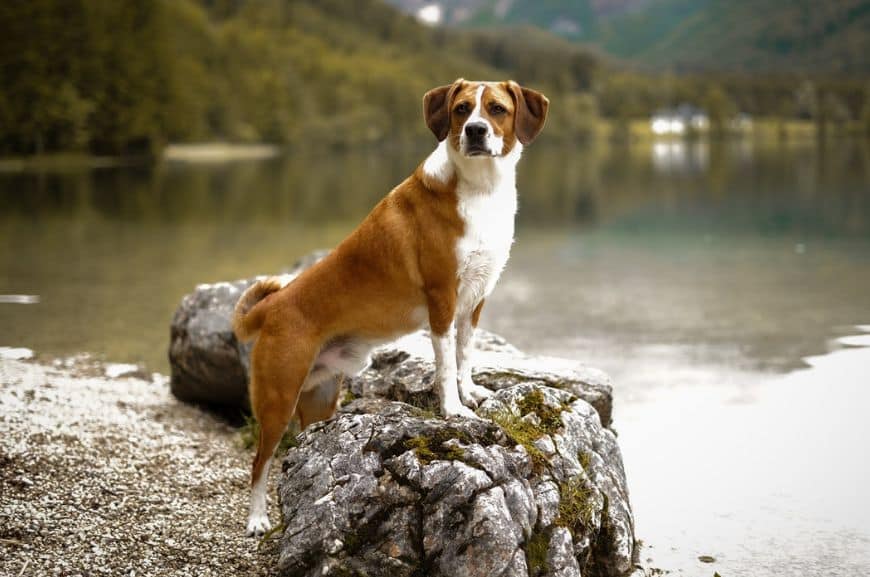
The Austrian Shorthair Pinscher originated in Austria, where it was bred to guard farms and hunt small game. They remained widespread only in Austria, so outside of it you will meet these dogs in few places. However, they definitely deserve attention due to their endurance and working qualities. Dogs weigh from 12 to 18 kg and have a strong and compact build with well-developed muscles. Usually, the ears are erect or semi-erect.
Peculiarities of pinscher fur
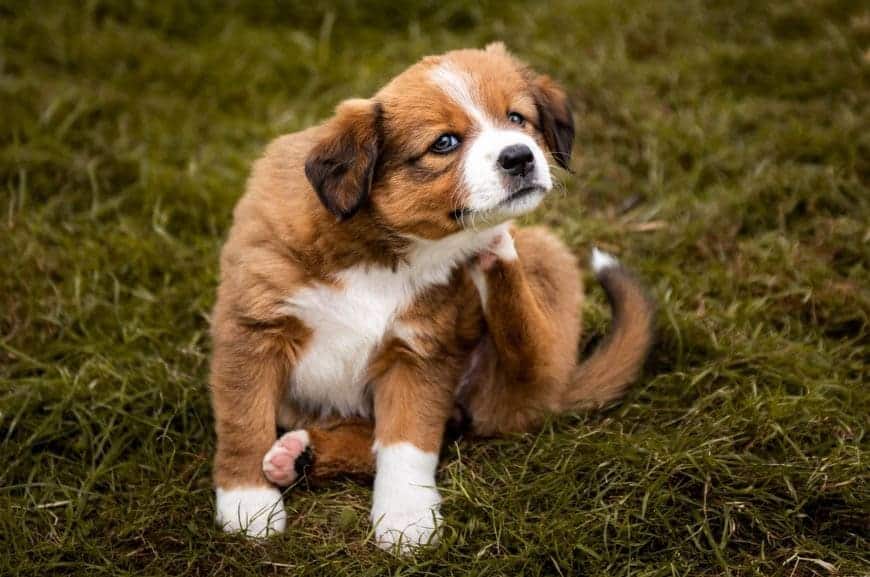
The coat of pinschers is one of the features that distinguishes them from many other dog breeds. All pinschers have short, smooth and shiny fur. It fits tightly to the body and almost does not shed. Also, the representatives of the group do not have an undercoat, so such dogs must live indoors, and during walks you need to take care of clothes and ammunition that will help improve the animal’s thermoregulation. The colors of all Pinschers are similar, although there are some that are exclusively characteristic of a specific breed. For example, common colors are black with tan, chocolate with tan, fawn. Dobermans and German Pinschers can be blue, Miniature Pinscher red, and Austrian Pinscher yellow.
The nature of pinschers
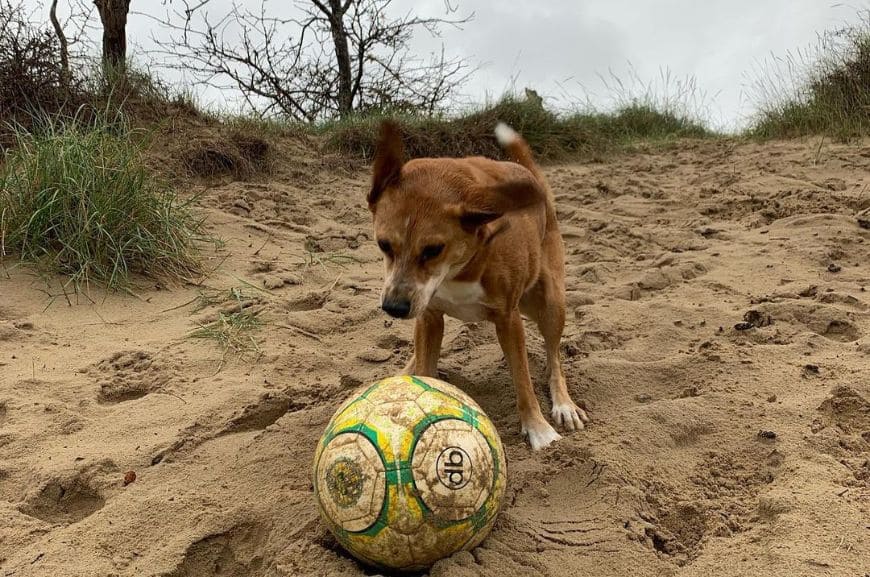
All pinschers are extremely active. They need regular exercise and lots of space for games and walks, because they like to run, jump and play in the fresh air. Also, these dogs are very intelligent and quick learners, they need tasks that make them think. These can be educational games, training or special puzzles for dogs. It should not be forgotten that Pinschers were hunters in the past, so they can be quite stubborn. Consistency in upbringing and early socialization will help to cope with this.
Pinscher health
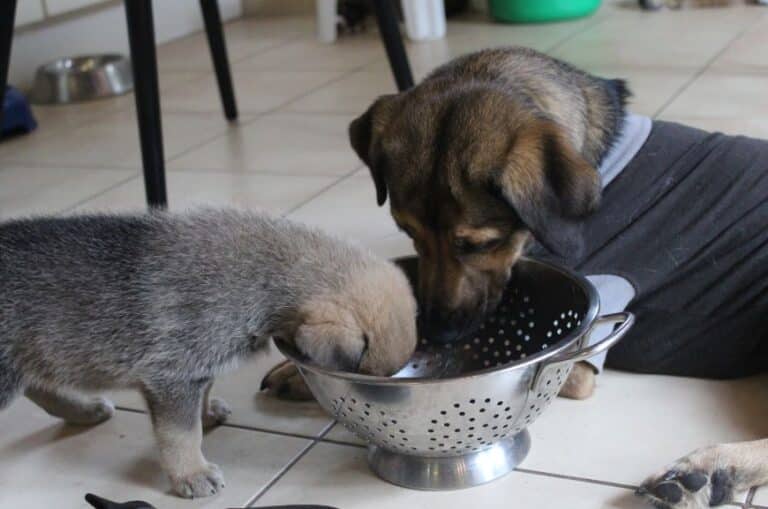
Pinscher health depends on many factors, including genetics, housing conditions and care. However, even with good Pinscher care, genetic diseases can occur. The most common problems owners may encounter include hip dysplasia, heart disease (dilated cardiomyopathy), progressive retinal atrophy and cataracts, hypothyroidism, and ear infections due to the structure of the ear.
Regular veterinary examinations, weight control and limiting excessive physical activity can help reduce the risks of any diseases, and timely treatment will prevent complications.
Hygienic care of pinschers
Pinscher grooming, despite their short and smooth coat, requires a certain level of attention and constant care. It is necessary to comb the coat regularly with a rubber glove or a silicone brush, especially during the shedding season. This will stimulate blood circulation and improve the condition of the skin. It is enough to bathe once a month, provided that your Pet is not dirty somewhere. Ears and eyes should be checked quite often for the presence of foreign objects, dirt, mucus, inflammation and infection. Cotton pads and special lotions intended for ears and eyes will help you in this. You should also remember about oral hygiene: brush your teeth with toothpaste and a brush, give treats and toys that will help you deal with plaque on your teeth, consult a veterinarian for ultrasonic cleaning. Once every few weeks, trim the Pinscher’s claws so that they are not too long and do not cause discomfort when walking. If you are not confident in your skills, consult a groomer or veterinarian.
In general, as you can see, grooming pinschers is not a difficult task, but it requires systematicity and attention. In the “V.O.G DOG” network of dog grooming salons, you can always book Khvostyk for the necessary procedures, purchase tools and cosmetics for home care. and also get advice on all the worrying issues. To learn more about grooming, cutting pinschers and the cost in Kyiv, go to the dog cutting page.

